SUMMARY
This is AI generated summarization, which may have errors. For context, always refer to the full article.
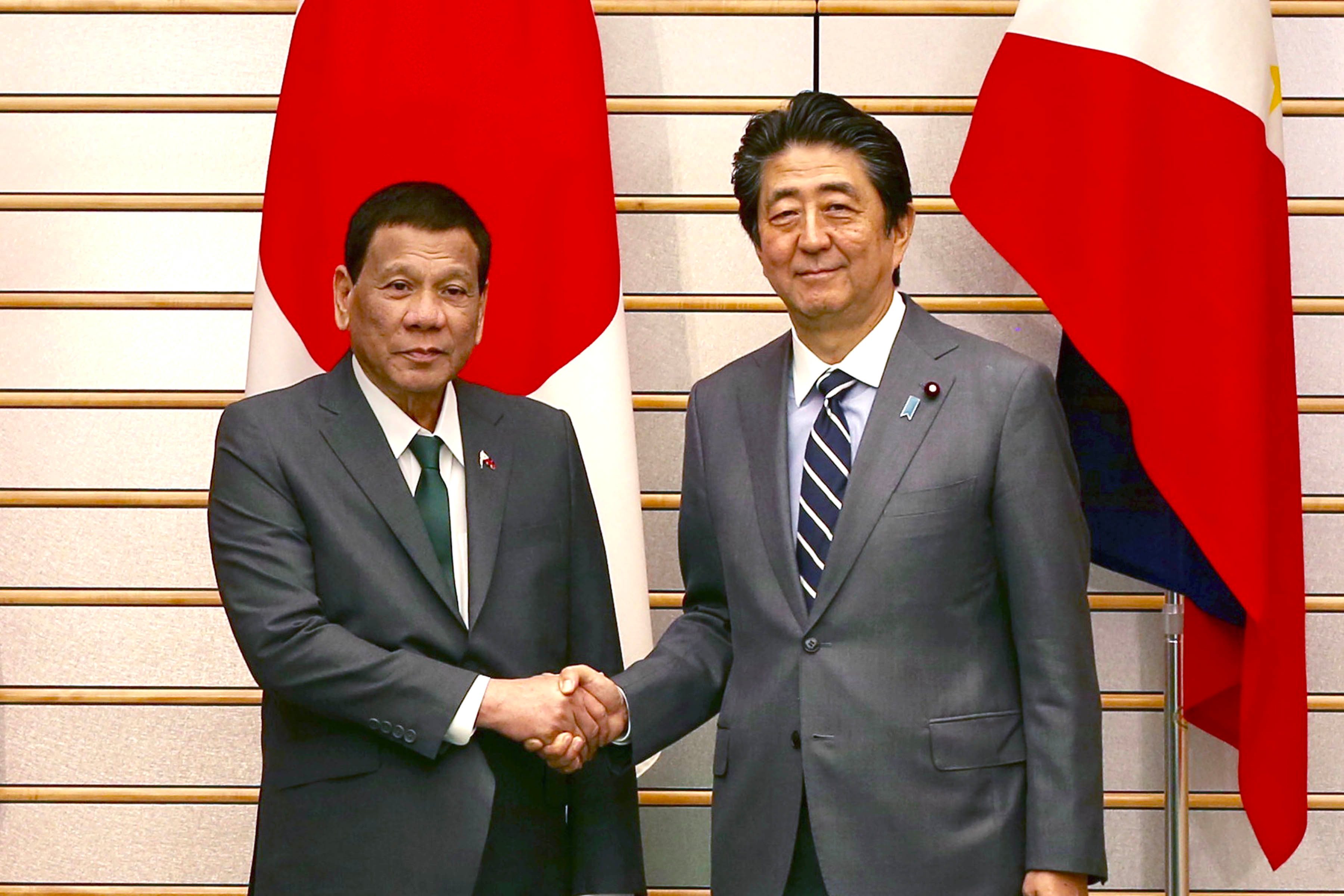
Longtime Japanese Prime Minister Shinzo Abe resigned due to health reasons, local media reported on Friday, August 28.
The announcement came hours before he was scheduled to appear in a press conference. This is Abe’s second time to resign as Prime Minister after his first short stint in 2006.
Who is Abe, and how has Japanese-Philippine ties been under his term? Here are some things you should know.
Twice in power
Abe, 65, hails from a political family – he is the son of a former foreign minister, and the grandson of a former prime minister. He began his career in Japan’s lower house in 1993.
Abe became prime minister twice – the first time from 2006 to 2007, with a return beginning in 2012. He is Japan’s longest-serving prime minister with almost 8 years in office.
After less than a year in power as prime minister in 2006, Abe stepped down in September 2007 to clear political gridlock created by the ruling coalition’s defeat in the House of Councilors in July, the Japan Times reported. He also had chronic ulcerative colitis, an inflammatory bowel disease.
It was 3 days after the start of a parliamentary session.
Unpopular at the time, Abe acknowledged that he had lost the public’s trust, and hoped a new leader would better carry out his policies.
In December 2012, Abe made a comeback as his party won a resounding victory. He said he had since learned lessons from his previous short-lived term.
The Prime Minister became known for “Abenomics” – his economic policies that focused on a 3-arrowed approach: monetary easing, fiscal stimulus, and structural reforms. Essentially, Abe promised recovery for the Japanese economy following a prolonged recession in the 1990s.
Abenomics included policies like printing more money and raising the prices of goods, which in turn encouraged people to stop saving and start spending. The policies also focused on lowering interest rates and increasing Japan’s competitiveness in the world market.
Despite his long hold on power, Abe has left some goals unfulfilled. He was unable to revise the pacifist Constitution installed by American occupiers post-war, nor iron out the Kuril Islands dispute – a decades-old territorial dispute with Russia.
Philippines-Japan relations
Japan occupied the Philippines for almost 3 years during World War II in the 1940s. At least 7,000 soldiers died in the Bataan Death March alone in April 1942, where Japanese authorities forced Filipinos and Americans to march from Mariveles to San Fernando, Pampanga.
The two countries have come a long way since, and have established a relationship based on cooperation and mutual trust.
Abe’s time in power coincided with the terms of 3 Philippine presidents: Gloria Macapagal Arroyo, Benigno Aquino III, and Rodrigo Duterte.
By 2007, Japan became the second largest trading partner of the Philippines after the US, with imports from Japan pegged at $7.3 billion in 2006. The Philippines was also exporting products to Japan like woodcraft furniture, electronic products, ignition writing sets, fresh bananas, and iron ores.
When Abe made his state visit in June 2015, then-president Aquino said the Philippines and Japan “know what it is like to overcome the scars of the past and build ties of friendship that promote each other’s stability and prosperity.”
Abe appeared to be comfortably close to Duterte after the Philippine leader became president. Breaking protocol in October 2016, when Duterte and Abe were supposed to have an official one-on-one meeting in Tokyo, the Philippine president’s friend and campaign donor Samuel Uy was present.
Abe’s “special advisor” then, Katsuyuki Kawai, apparently made arrangements for the presence of Uy. Neither then-Philippine foreign secretary Perfecto Yasay nor Japan’s foreign minister Fumio Kushida were present in that meeting between the two country’s leaders. Kawai, who became justice minister, would, however, be involved in a controversy that would prompt his resignation in October 2019.
In January 2017, Abe and his wife Akie flew to the President’s hometown in Davao City. They even got to eat breakfast in Duterte’s house.
Abe’s official visit saw 5 agreements signed, including notes on a $5.2-million Japanese grant for high-speed boats and counter-terrorism equipment.
In July 2020, as the coronavirus cases in the Philippines surpassed 38,000, Japan loaned the Philippines P23.5 billion to use in its fight against the pandemic.
Despite generally good ties between the Philippines and Japan, one issue has stuck out – comfort women. Japanese soldiers used Filipinas as sex slaves known as comfort women during World War II. In 2017, a statue of a comfort woman along Roxas Boulevard reportedly drew complaints from Japanese officials. In April 2018, the statue was removed under Duterte’s watch.
Filipinas used as comfort women by Japanese soldiers sued the Philippine government at the United Nations (UN) in November 2019, seeking to compel the state to pay compensation.
Comfort women from other territories previously occupied by Japan continue to seek justice.– Rappler.com
Add a comment
How does this make you feel?
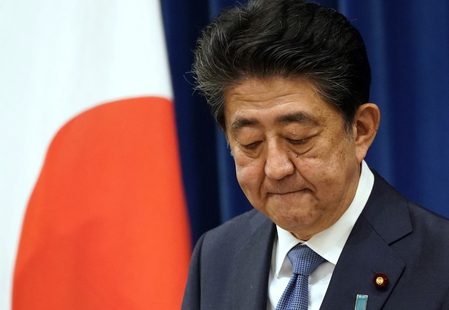
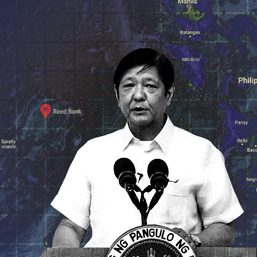
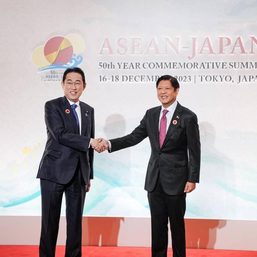
![[Newspoint] The lucky one](https://www.rappler.com/tachyon/2024/04/lucky-one-april-18-2024.jpg?resize=257%2C257&crop=536px%2C0px%2C1080px%2C1080px)
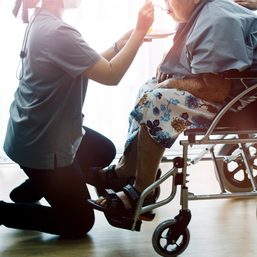
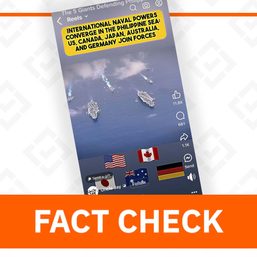
There are no comments yet. Add your comment to start the conversation.